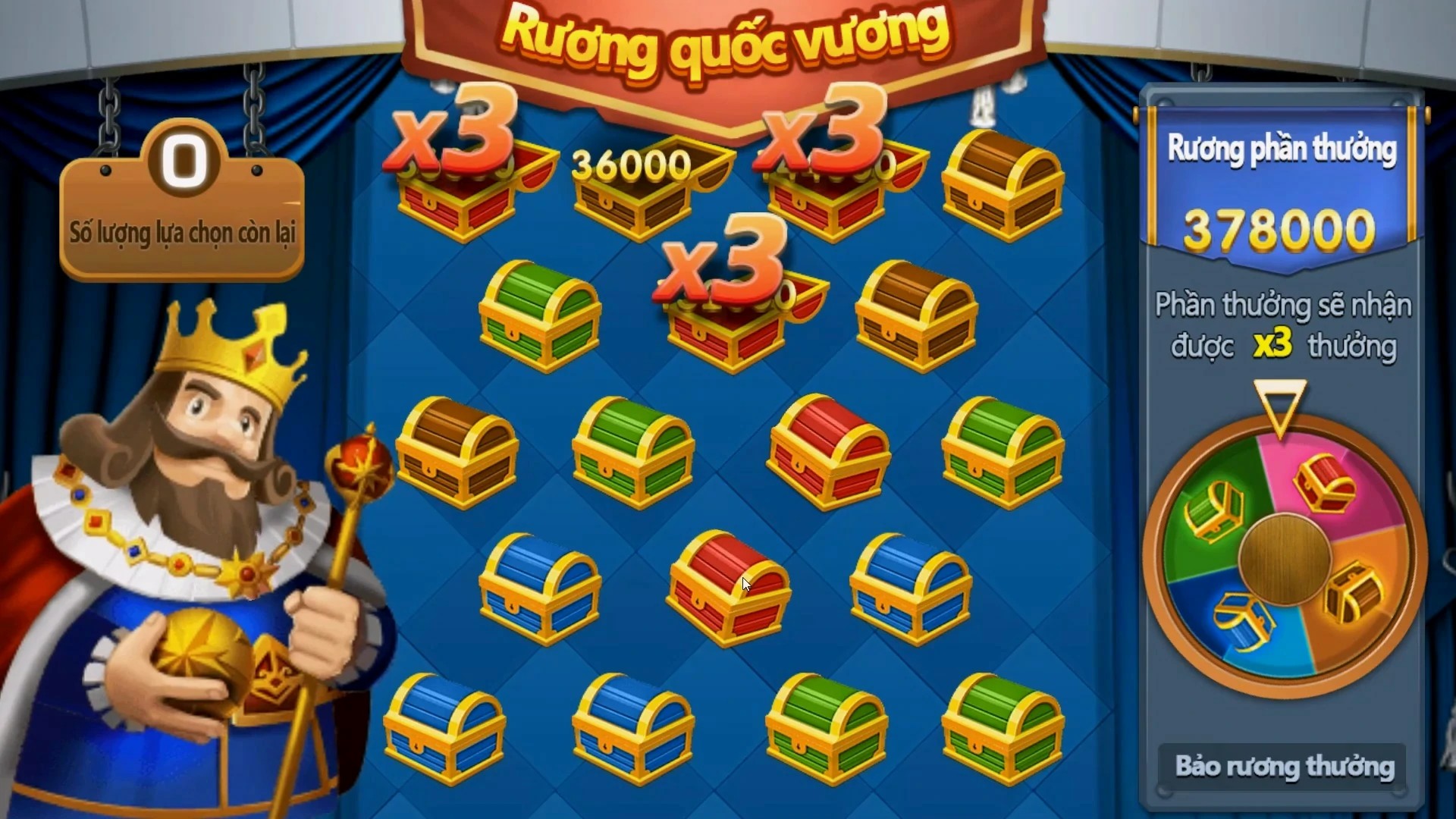Why Indie Building Games Are the Next Big Trend in Gaming
Gaming has come a long way in recent years, especially with the rise of **indie games**. But one genre that’s rapidly gaining traction is **building games**. These games encourage creativity, strategy, and immersive experiences that resonate with players. In this article, we’ll dive into why indie building games are taking center stage, what makes them unique, and how they compare to big-budget titles. Let’s explore how players are redefining their gaming experiences.
The Rise of Indie Building Games
Indie building games represent a fusion of creativity and gameplay that has captured the hearts of many. Unlike traditional games developed by financial giants, indie developers often focus on storytelling, experimental gameplay, and unique mechanics. This results in a playground for players who love to create.
What Exactly Are Building Games?
Building games allow players to construct environments, create strategies, and engage in various activities that facilitate creativity. Think of games that let you craft your own city, design a fort, or even create intricate landscapes. The satisfaction of building something from scratch is a significant draw for many players.
Key Elements of Indie Building Games
- Creativity: Unleash your imagination and build whatever you envision.
- Community Feedback: Many indie developers actively engage with their player bases for feedback, making the games more tailored.
- Endless Learning: Players can learn and experiment with designs, strategies, and gameplay.
The Allure of Strategy in Indie Building Games
Building games often pair creativity with strategic elements, making them incredibly engaging. Players not only build but also defend their creations, much like in the popular game Clash of Clans. The challenge of managing resources and planning defenses brings an additional layer of complexity that many players appreciate.
10 Strategy Tips for Clash of Clans Players
| Tip # | Strategy |
|---|---|
| 1 | Optimize your base layout to protect resources. |
| 2 | Upgrade key defenses first, such as Cannons and Archer Towers. |
| 3 | Join an active Clan for communal resources and strategy advice. |
| 4 | Use your builder strategically to maximize improvements. |
| 5 | Focus on upgrading troops and spells that fit your defensive strategy. |
| 6 | Scout enemy bases before attacking to plan your strategy. |
| 7 | Utilize troop combinations for efficient raiding. |
| 8 | Manage your gems wisely; don't waste them! |
| 9 | Participate in Clan Wars for additional loot and rewards. |
| 10 | Keep your resources balanced; don't over-invest in one area. |
Delta Force: Hawk Ops and the Indie Building Trend
While discussions about indie building games often circled around creativity and strategy, titles like Delta Force: Hawk Ops remind us of the vast ocean of gaming experiences available. However, circumstances led it to not capture interest sufficiently, resulting in the failure to get a branch list. This showcases how indie developers can learn from traditional game's missteps and adapt accordingly.
The Impact of Community on Indie Building Games
One of the standout features of indie games is the community. Developers frequently rely on player feedback to refine their games. Innovations and features often emerge directly from player suggestions, making them feel like an integral part of the process. This contrasts with larger companies where player voice is often drowned out by profit motives.
Why Players are Choosing Indie Titles over Blockbusters
The evolution of gaming culture has seen players often gravitating towards indie titles, largely due to their ability to offer fresh, creative experiences. Here are some reasons why:
- Unique Art Styles: Indie games often push the envelope with distinctive art and design aesthetics.
- Affordable Pricing: Indie games are usually budget-friendly, appealing to a wider audience.
- Innovative Gameplay: Indie developers experiment with mechanics that traditional titles may shy away from.
Building Games as a Therapeutic Outlet
Beyond pure entertainment, building games promote relaxation and stress relief. The act of creating, designing, and strategizing can be significantly therapeutic. Players often report feelings of satisfaction and achievement, which are essential for mental well-being.
Future Trends in Indie Building Games
The future looks bright for indie building games. As technology continues to evolve, the potential for these games expands. From VR experiences to increasingly complex simulation mechanics, players will continue to seek new ways to engage their creativity and strategic thinking.
Conclusion: Embracing the Indie Revolution
It’s clear that indie building games are paving the way for the future of the gaming industry. With their emphasis on creativity, community engagement, and strategic depth, they provide unique experiences markedly different from conventional games. As we explore what lies ahead, one thing remains certain: the indie revolution is here to stay. Whether you're a seasoned gamer or just starting your journey, now is the perfect time to dive into the world of indie building games.



